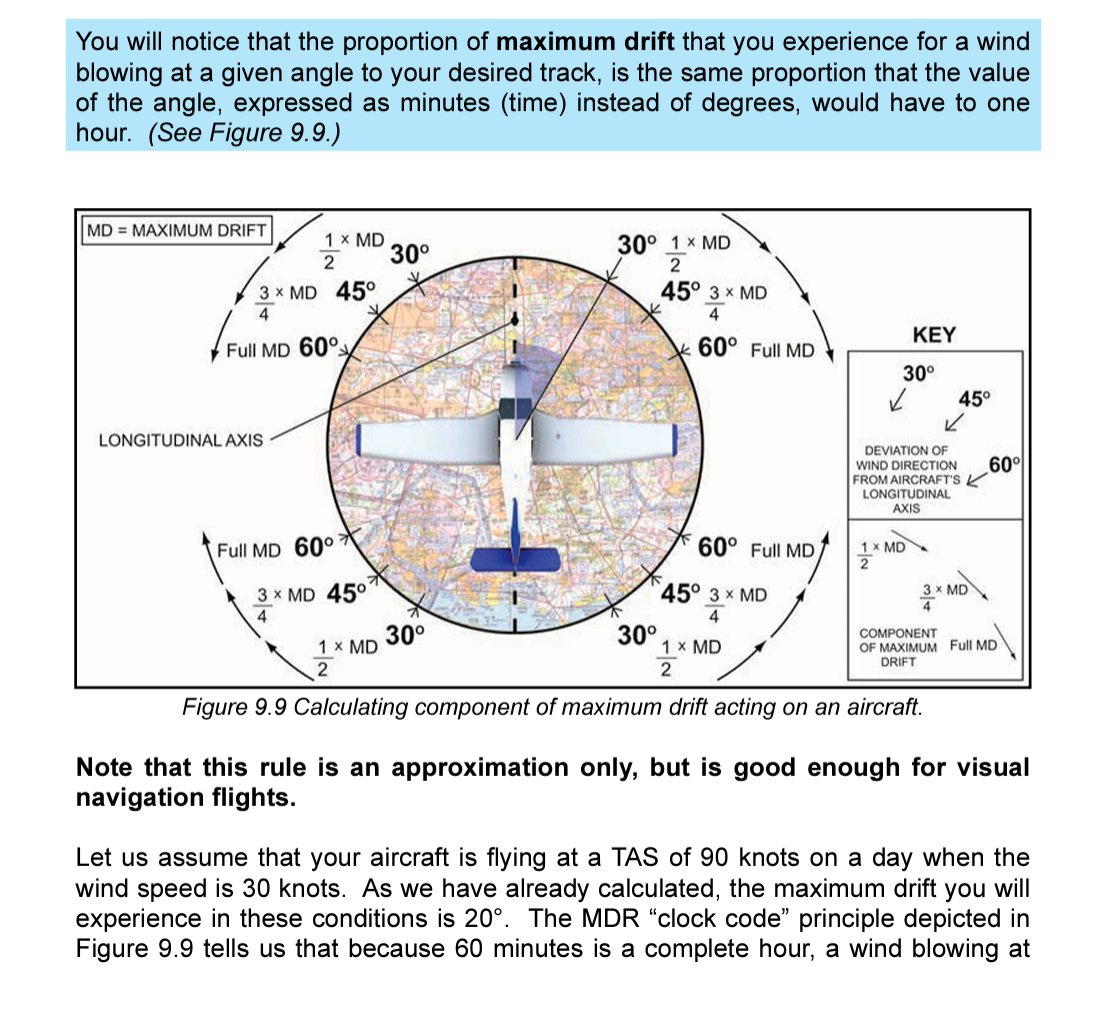Like a good many private pilots, I was taught to treat clouds like floating mountains of granite. Best avoided in the air and a source of frustration on the ground while waiting for them to clear (they never do).
I’m from California, where clouds are something we read about in books and weather reports consist of three words, “sunny and 72”. Learning to fly in the UK gave me an up-front and personal appreciation for perpetually unpredictable weather. Dozens of days spent glancing between TAFS and leaden grey skies convinced me that if I was ever to get out of the circuit on a marginal day I had best learn how to use all the dials in the cockpit, not just the ones I look at when its CAVOK.
Having neither commercial aspirations nor a wealthy sponsor, I judged a full IR to be a bit of an extravagance. Thankfully the CAA provides a middle ground in the form of an IR (Restricted), or as it is better known, the IMC. 15 hours, a skills test; one written exam and the clouds that once seemed so daunting become an inconvenience rather than an impediment.
That said, there is a reason that an IMC is considered a “get out of trouble” rating rather than an all-weather pass. At 15 hours, the instruction time is less than half that required for a full-IR. You can’t fly in airways and ILS minimums are higher. There is no requirement to be taught holds (although Stapleford instructors do so) and the IMC is only valid in UK, Channel Island and Isle of Man airspace. There are a few other restrictions as well so ask your instructor for details.
Before taking on the IMC, I received sage advice from a pilot friend: “As a weekend flyer, you shouldn’t start [the IMC] before you have 150 hours under your belt and feel comfortable enough with the controls so you don’t find yourself struggling to keep up with the aircraft. That level of comfort isn’t there directly after your PPL.” Wise words.
The course itself hits the sweet-spot between challenging and immensely fun but you don’t get to see much along the way. From about 800’ on the climb-out to 800’ before the threshold on the return, your world-view is limited to the inside of a grey visor and the instrument panel. It sounds terrifying at first but after a very short while you become accustomed to this new perspective and it becomes oddly peaceful.
In the beginning, IMC training is something of a refresher. There’s time spent flying straight and level, turning, climbing and descending; all the while getting used to looking only at, and fully trusting, your instruments. Things get interesting when you start to practice recoveries from stalls and spiral dives. The lead up to both can look surprisingly similar while under the hood.
Without a doubt, the navigation and instrument landing components of the IMC are the most satisfyingly demanding. Acquiring proficiency in NDB and VOR tracking as well as ILS procedures are essential to pass both the practical and written exams. They are also the navaids you will rely on during actual IMC conditions in the UK.
Since real-life lacks a pause button, a desktop flight simulator can bridge the gap between book-learning and the real world. While a sim won’t precisely represent the light touch it takes to maintain a glideslope, it will allow you to repeatedly practice finding and flying that glideslope without signing over your entire pay cheque to Southend.
In an age where a tablet running SkyDemon is a ubiquitous component of every fight-bag, there is something uniquely rewarding about tracking along the beam of a VOR; entering an NDB hold and carrying out an ILS procedure, all the while using technology that pre-dates the Beatles.
Later in the training, after navigating by compass alone, with gyro instruments covered, I developed a renewed respect for pilots who crossed continents and oceans with only the most meagre of instrumentation.
Two-months after receiving my IMC rating, I found myself five-miles south-east of Stapleford telling Southend, for the first time ever, I was IFR. Being alone in the clouds vs. under the hood with an instructor in the right-seat feels like the difference between hitting a few balls at the driving range and teeing off on the 18th hole of The Masters during a tie-break. A sharp intake of breath followed by an inner voice saying, “you can do this.”
Just past Sittingbourne I climbed through the muck and was temporarily blinded by a startling azure sky. I was alone between a sea of candyfloss and a canopy of blue. The radio was quiet, the wind calm. Of all the times I’d been in the air, this was the first time I felt I understood what it was like to actually fly.

